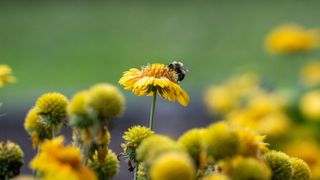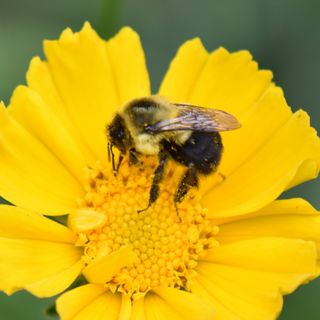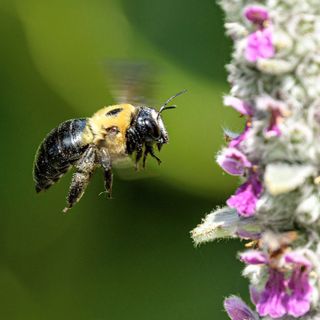LEARN ALL ABOUT BEES
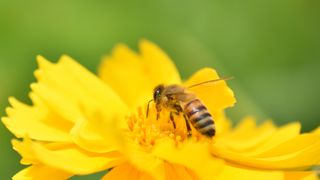
WHY ARE BEES SO IMPORTANT?
Bees pollinate our fields, orchards and gardens. We can thank them for nearly one-third of the food we eat. Beyond our food supply, they also pollinate many wild flowering plants that keep our natural ecosystems healthy and functioning.
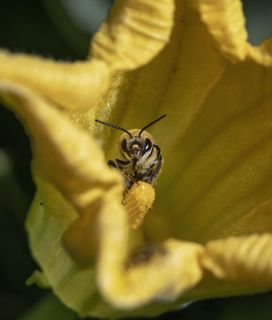
BEES FACE SERIOUS THREATS
Nearly 25% of native bee species in North America are imperiled and at increasing risk of extinction. Since 2016, nine native bee species have been declared endangered in the U.S.
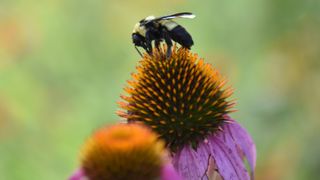
THREATS CONTRIBUTING TO BEE DECLINE
Bee populations have experienced drastic declines in recent decades, due to widespread pesticide use, habitat loss and other factors.
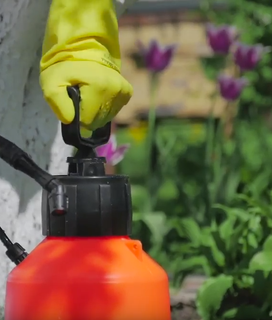
THE WONDERS OF HONEYBEES
A honeybee colony can consist of anywhere from 20,000 to 80,000 bees. Learn all about their life cycle, colony structure, anatomy and how they make the naturally sweet treat we all love.

MEET THE NATIVE BEES
YOU CAN HELP BEES THRIVE
